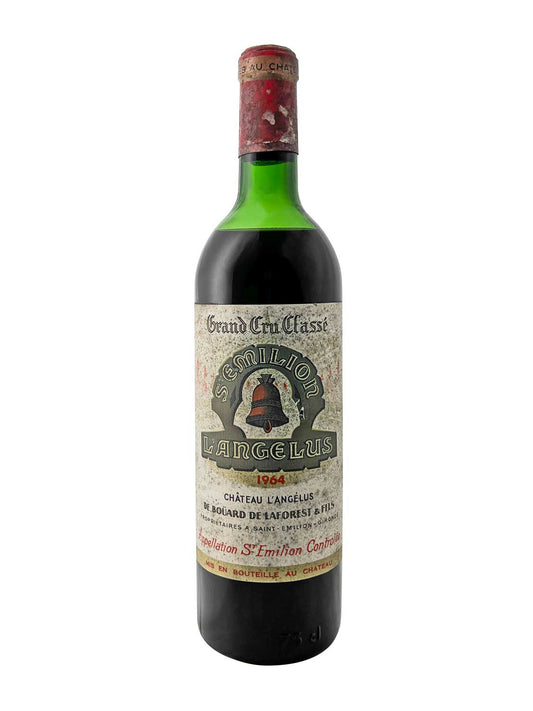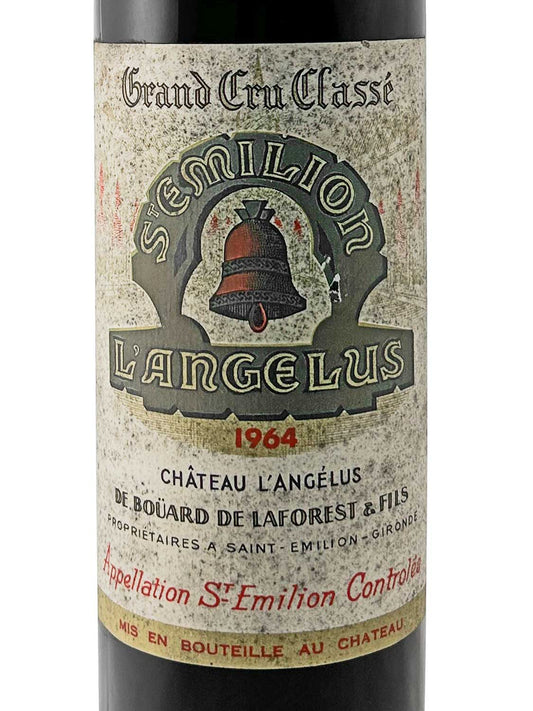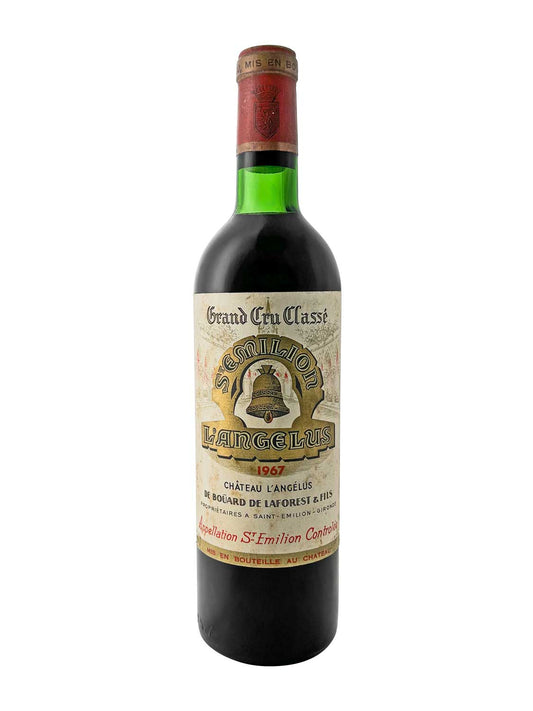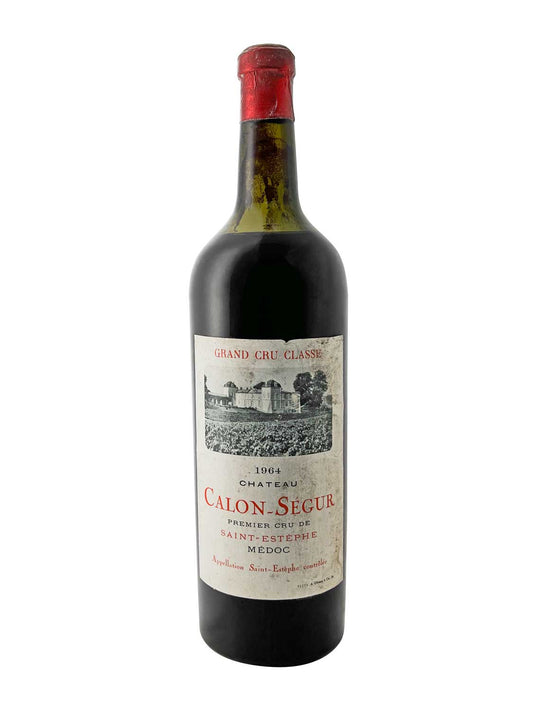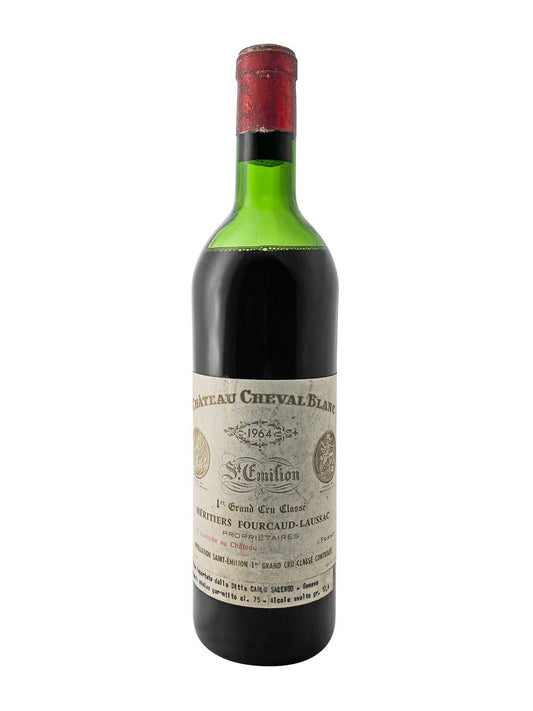
Ordering wine in winter
Important aspects for delivery in cold temperatures
Winter is a special time of year when many people like to spend time at home because it can quickly become uncomfortable when it's cold outside. As a result, smartphone use is more common during the winter season - an opportunity for many wine collectors to look for wine online. This is why demand for wine increases in winter - especially as people are looking for Christmas gifts. But there are some important aspects to consider when ordering wine in winter, especially when it comes to delivery in cold temperatures. In this blog post, we will look at the challenges and solutions associated with ordering wine during the cold season.
The Effects of Cold on Wine
Before we get into the practical aspects of ordering and delivery, it is important to understand how cold can affect wine. Extreme cold can have a number of effects on wine:
Conditioning the wine: When wine is exposed to extreme temperature changes, this can affect its chemical composition. Red wines in particular can lose fruitiness and change their aromas when exposed to cold.
Cork problem: At very low temperatures, the cork can shrink, allowing air to enter the bottle. This can cause oxidation and affect the taste of the wine.
Freezing of the wine: In extreme cases, the wine may even freeze, causing the contents to expand and possibly break the bottle.
What to look out for when ordering wine in winter
If you want to order wine in winter, there are a few important points to consider:
1. Choose a trusted provider
Make sure you order from a reputable online wine retailer or local store that has experience shipping wine. These providers understand the challenges of the cold months and take appropriate measures to ensure that your order arrives safely. You can also ask the online wine store in question what packaging and how wine is shipped - an email or a phone call should provide clarity.
Also read: Buy wine from a winery or a wine shop?
2. Check shipping options
Check the seller's shipping options. Many online wine retailers offer special shipping methods tailored to winter conditions. These include:
Insulated packaging: Some retailers use insulated boxes or Styrofoam packaging to protect the wine from the cold during transport.
Temperature-controlled transport: Some suppliers use temperature-controlled vehicles or warehouses to ensure that the wine is optimally stored throughout the delivery process.
3. Choose delivery time
Plan your order so that it does not arrive during a period of extremely cold weather. Many retailers offer the option of selecting the shipping date or holding your order until the desired delivery time. This is especially important in regions with widely fluctuating temperatures. You should also make sure that you are not on vacation or that the wine has to remain in a parcel station for an unnecessarily long time.
packaging and transport
The way your wine is packaged and transported plays a crucial role in its quality upon arrival:
1. Isolation
As mentioned above, good insulation is crucial. Make sure that the supplier uses special packaging materials to cushion the temperature change. Styrofoam boxes are a common solution and offer excellent protection against the cold.

2. Avoid direct exposure to cold
Make sure your delivery is not left right on your doorstep – especially if it is very cold outside. If possible, provide a delivery address (eg your workplace) where the wine will not be exposed to the extreme outside temperatures.
Also read: What do winemakers actually do in winter?
What to do upon arrival?
Once your wine arrives, there are a few steps to follow:
1. Check the temperature
Check the temperature of your wines immediately upon receipt of the delivery. If they are very cold (below 10 degrees Celsius), first let them acclimatize at room temperature (18 degrees Celsius) or in the wine cellar.
To do this, leave the wine bottles in the box so that the temperature difference is not too great. This can take up to 24 hours. After that, you should be able to remove your wine from the box to store it safely.
2. Storage after receipt
Store your wine in a suitable place - ideally in a cool and dark room with a stable temperature (between 10 and 15 degrees Celsius). Avoid direct sunlight and strong temperature fluctuations.
3. Check the cork
Also read: How much do wine corks cost?
If your wine came in a corked bottle and it was very cold or has frost damage (e.g. cracks in the cork), check the bottle for drips and odors.
By the way: If a few drops of wine have escaped from the bottle, this indicates that the cork has become a little permeable. The cork contracts due to the cool temperatures. As soon as the wine bottle has acclimatized, the cork will expand again and wine will no longer escape. However, typical wine smells may persist, as there may be a few drops of wine between the capsule and the cork. But there is no need to worry.
Conclusion: Well prepared for the winter
Ordering wine in winter requires some thought and preparation; however, this doesn't have to be daunting! With the right knowledge about the effects of cold on wine, as well as carefully selecting a trusted supplier, you can ensure that your wine order arrives intact even in the coldest months of the year.
Remember: careful consideration and asking twice a day make all the difference! By finding out about shipping options and creating suitable delivery conditions, you can get the most out of your wine delivery.

